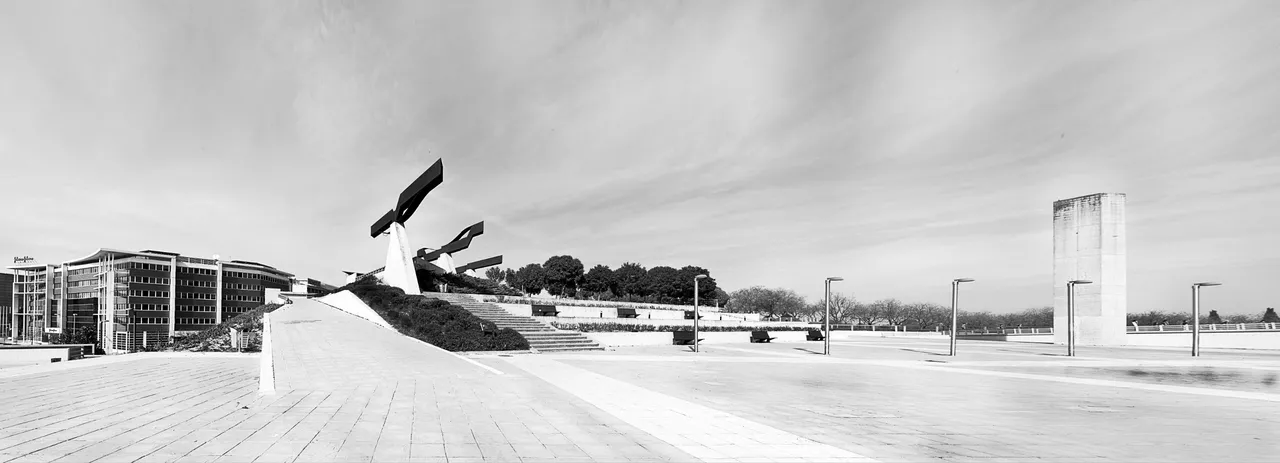
Hello Black and White Community and a particular greeting to the curators of the community. This is my first contribution to this community. I hope you like it and this is my entry for the #monomad challenge.
In 2019 I discovered the photographic work of Mario de Ayguavives, “Otra ciudad”, 2.000, a photographer from Zaragoza, Aragón. In this photographic project, M. de Ayguavives imagines a current city, empty of people in its streets and with buildings hermetically closed, without windows or doors. There is no life in these cities nor is there any human trace of past life. Man has created cities to live in them but they are dehumanized. In the same year, 2.019, I completed a master's degree in “Photographic Production” and had to create an original photographic project. I remembered the work of M. de Ayguavives and thus my original project, “Hipérico”, Madrid, 2.019, was born.
“HIPÉRICO” project, a succinct vision of modern, functional urban architecture, integrated into large parks for people's leisure, and the sensations they can generate when these spaces are depopulated.
Since cities became the main habitat and nerve center of advanced human societies in the face of the countryside, they have not stopped growing in size and population density. With the passage of centuries, what was once conceived as a meeting point of society for human development and where its different social strata interacted in close coexistence, has become large cities in which large demographic masses that favor individualism and lack of communication, all this among large massed constructions in which no one knows anyone.
The race to gain time over time takes place between great distances that intensify anxiety, stress and isolation. To alleviate the citizen's distance from nature, large spaces with green areas for leisure and recreation have been created in cities for some time. In them, for a few moments, the individual remembers that, in his day, his existence belonged to nature. The human figure gives these urban parks movement and meaning. The progressive isolation of man in the city among artificial constructions of cement and glass fades when he frequents these places where time stops and stops greedily consuming existence.
Perhaps it is because human beings have forgotten to function in nature; many of these green spaces integrate architectural elements of concrete or steel that allow them to travel without the obstacles that a virgin natural environment would offer to those who have already lost their identity with nature. . However, the appearance of these natural spaces is far from seeming welcoming and hospitable when, paradoxically, the human figure disappears from them. Then, they become inhospitable, desolate; restlessness becomes the protagonist.
Unlike the work of Mario de Ayguasvives, in which he uses digital manipulation to eliminate any element that refers to the human in order to dehumanize the photographic object and dehumanize the cities, the photographs in my project lack this manipulation since All of them were taken as they can be seen: during the day, with the park open to the public but empty. The choice of widescreen format is not a random choice. The panoramic format allowed me to cover a greater area in the frame and generate a greater sense of desolation. A park with green areas and concrete architecture created by man for dehumanized recreation, green nature does not overcome loneliness.
As the ancients proposed, the use of St. John's Wort as a natural remedy against low states of the soul turns out to be necessary. One might wonder who needs whom to have meaning, whether man of these natural spaces to free himself from urban artificiality or these natural spaces of man with the passing of his steps in view of these images.
Epilogue: just one year after the beginning of this photographic project, the pandemic caused by COVID 19 meant that the vision presented here was not a simple daydream. This park, like others in the world, closed its doors to the public for the duration of the confinement and both, nature in cities and individuals in nature, interrupted their symbiotic relationship.
HIPÉRICO - (PART. I)
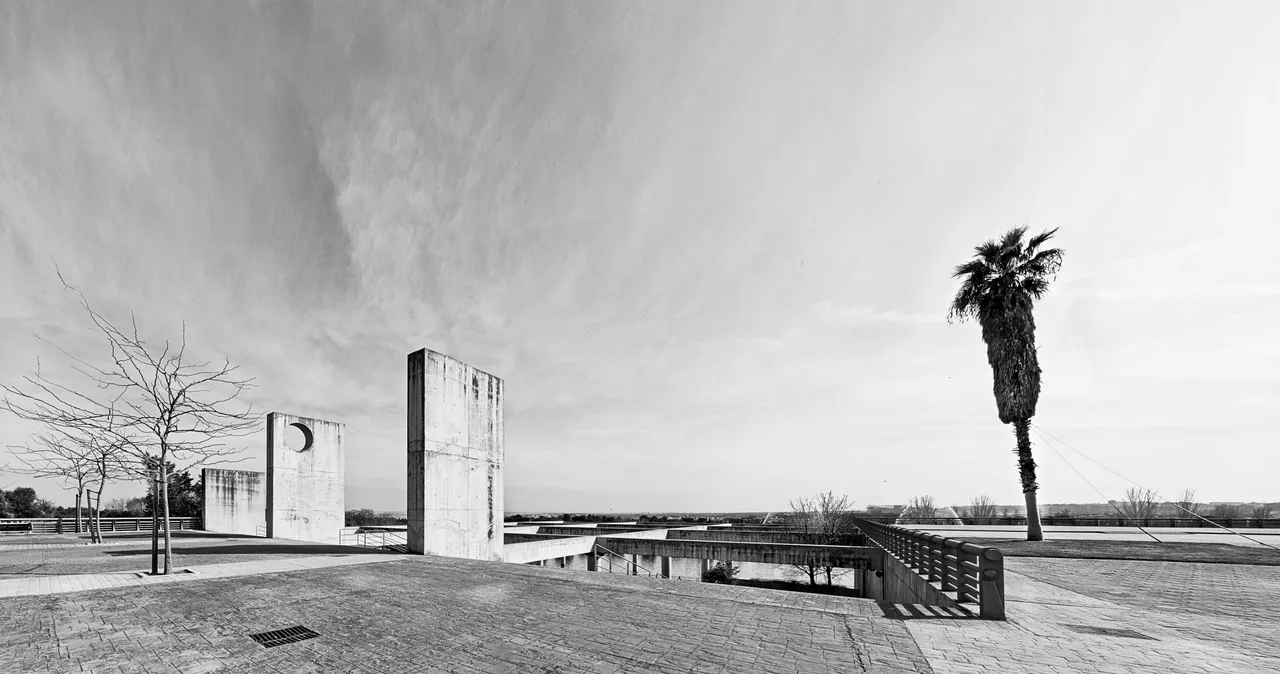
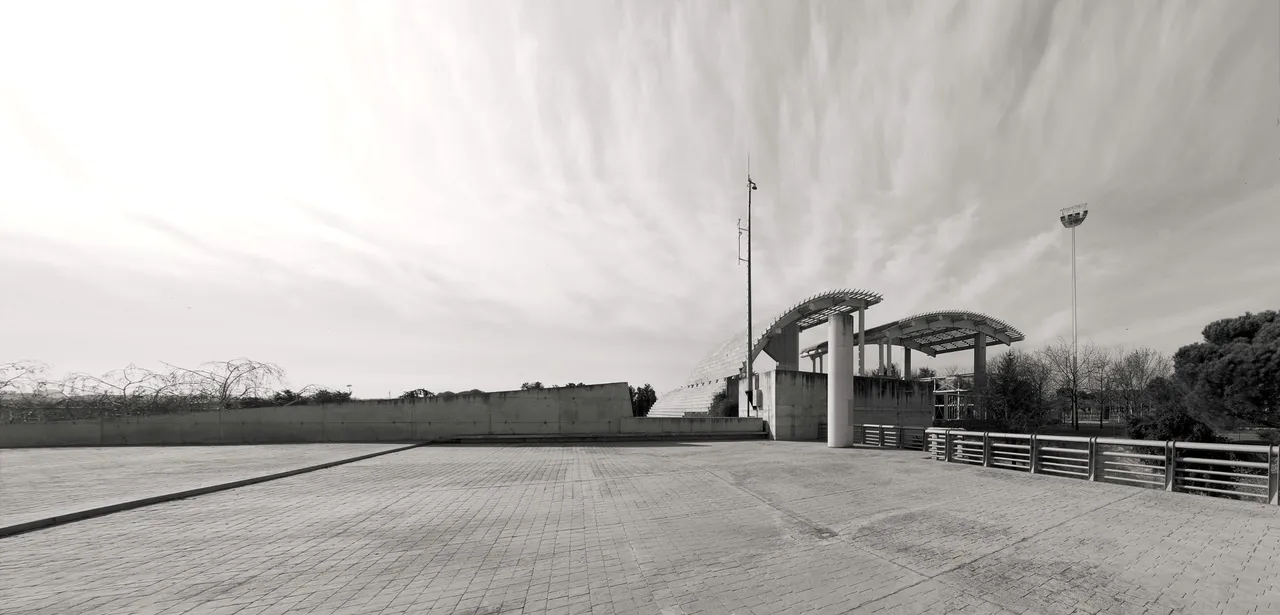
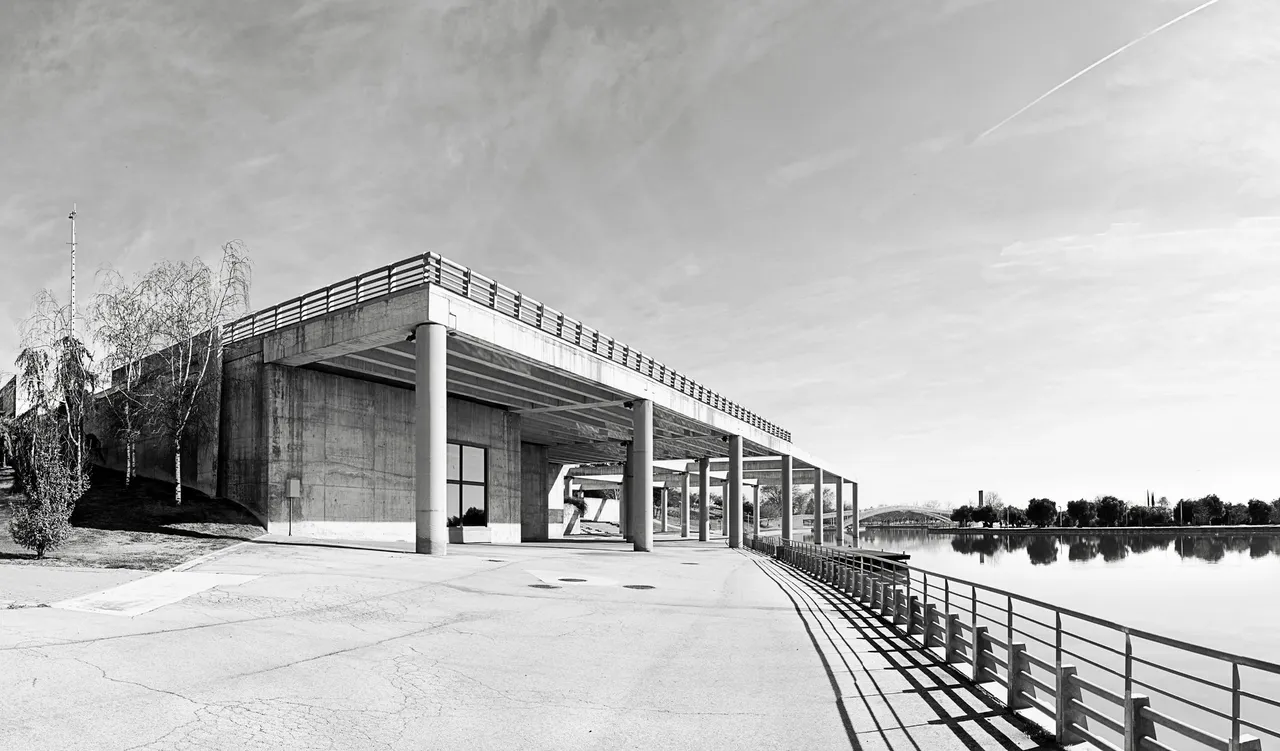
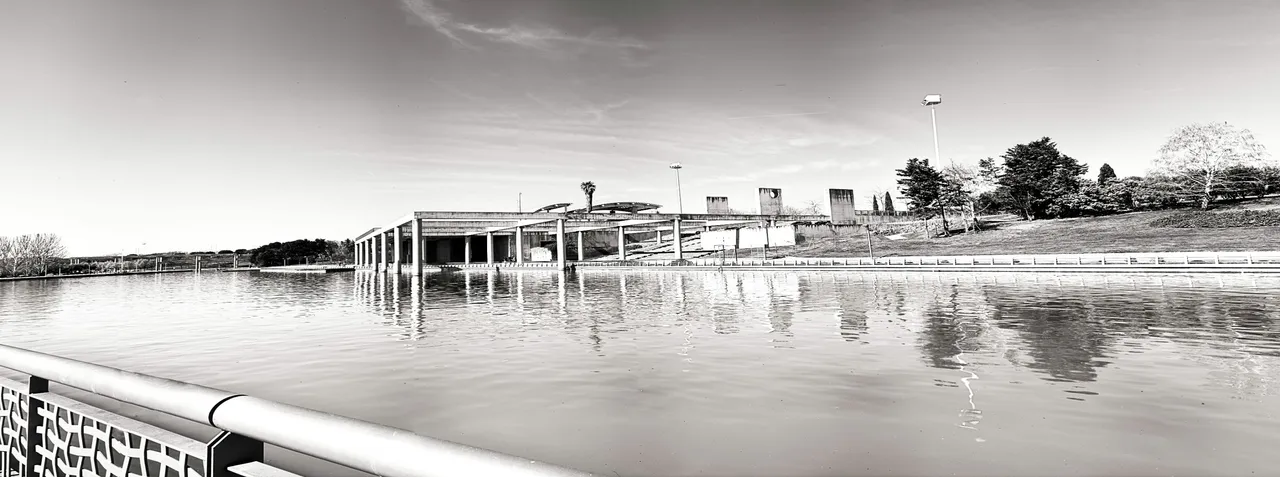
This text has been translated from my native Spanish with the translator DeepL Translate.